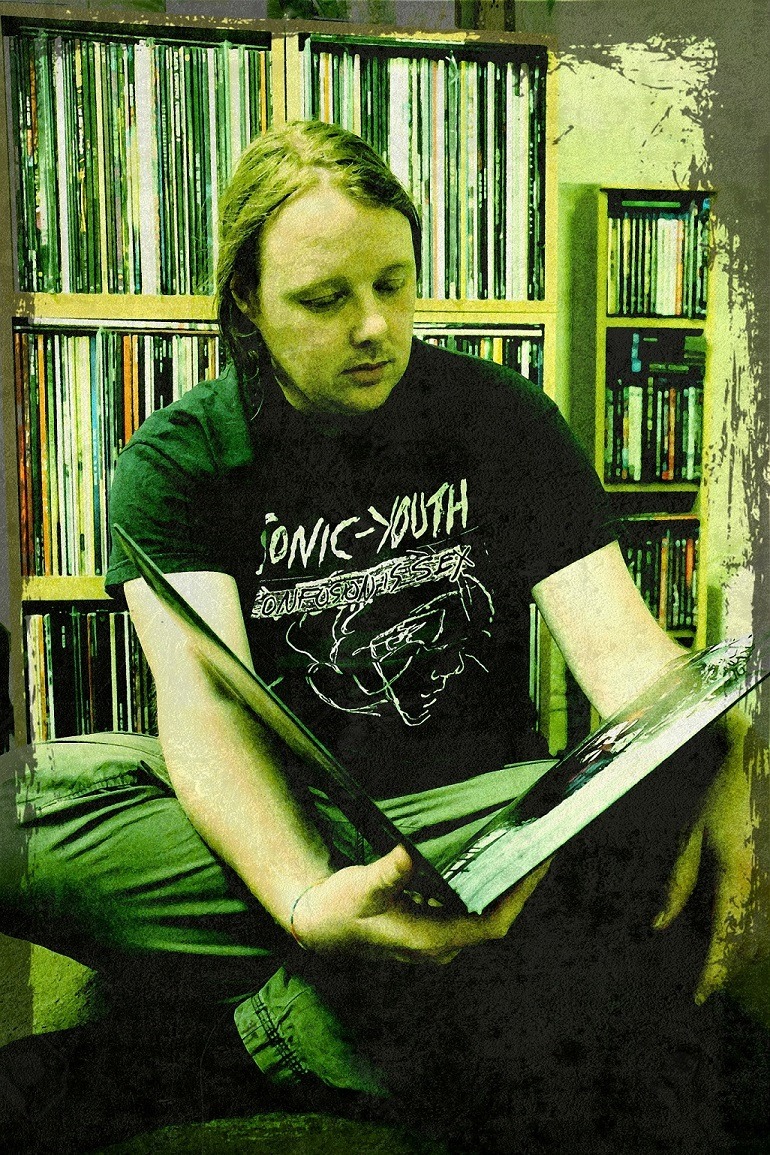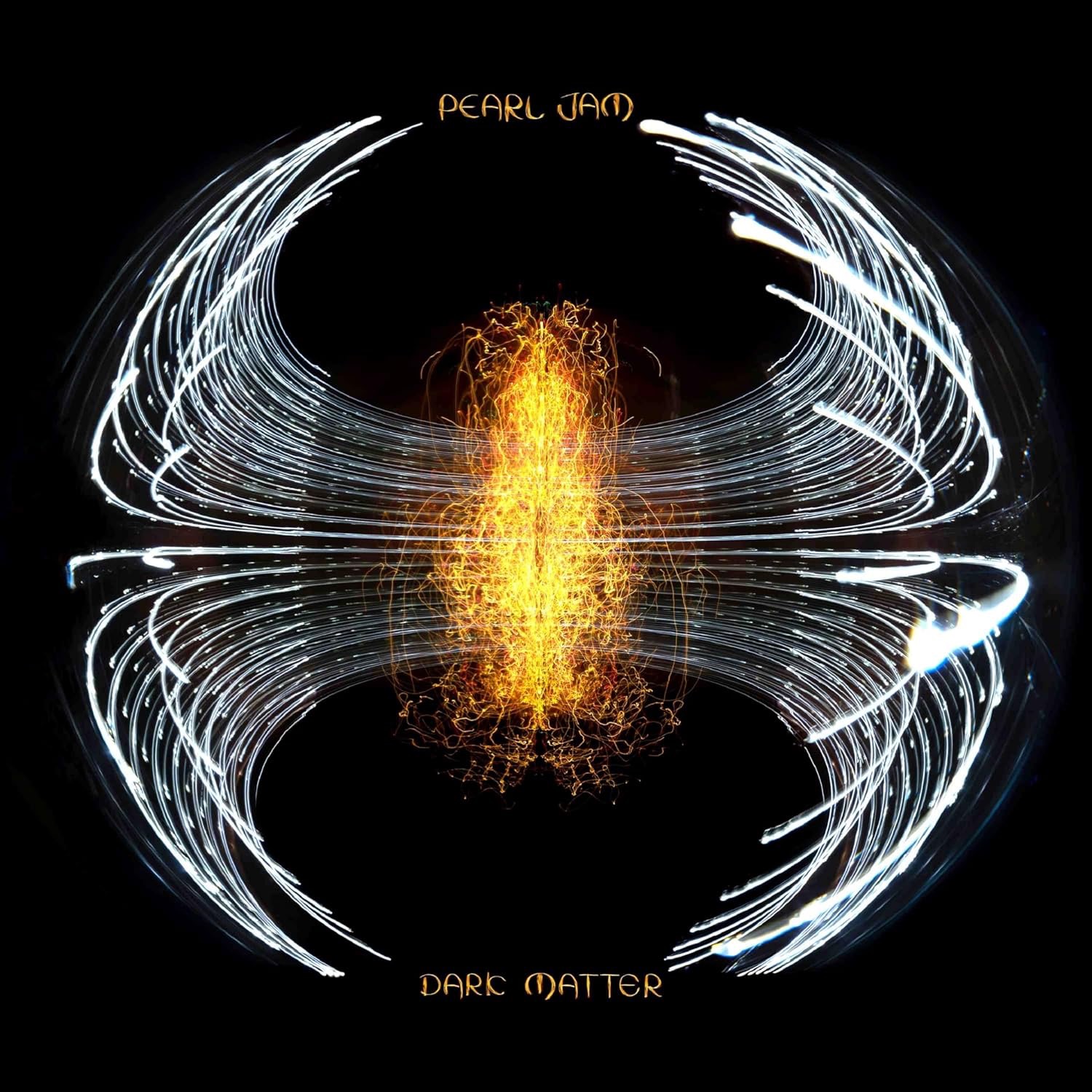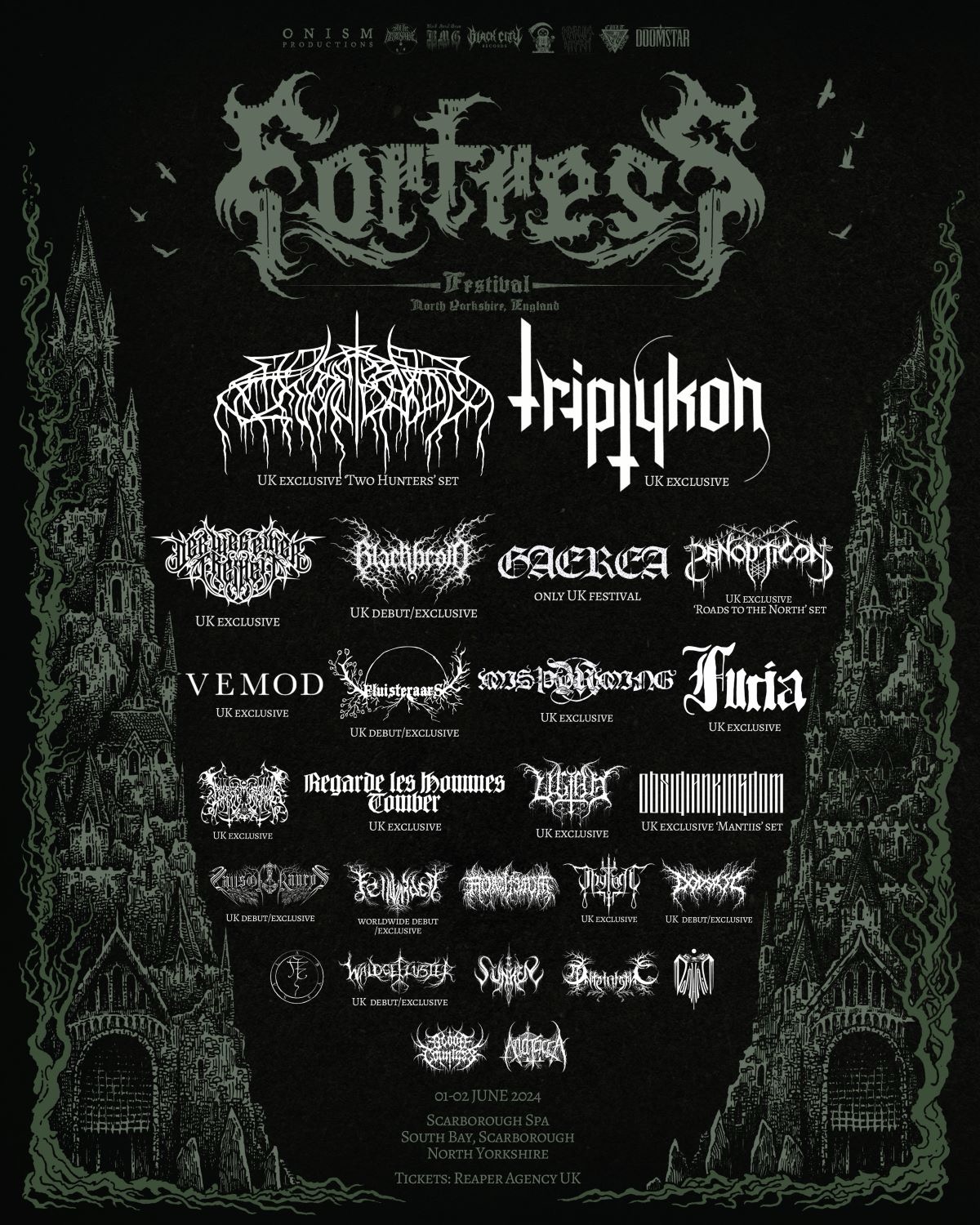
Introduction
The seventh album from The Stranglers, Feline was the band’s first album for Epic. Released in 1983 to reasonable chart success, it landed at number four in the UK charts, albeit with a mixed reaction from critics and fans. With its acoustic guitars, electronic drums and synths, it was something of a departure from the strident punk rock of the band’s early material, with some critics decrying the album as dull, although there were those who found the new direction satisfyingly intriguing.
The Package
Re-released by BMG, this special, two-disc edition features a bonus LP, with a variety of rarities and bonus cuts on offer. Wrapped in a pleasingly solid gatefold sleeve, the discs are pressed on rock solid, translucent red vinyl and housed in printed inners. Sadly, there are no liner notes, but the inner for the first disc features the lyrics, while the second provides release details for the bonus tracks. It is a decent package to be sure, and the perfect excuse to explore an album that has not always received the respect it deserves.
Feline
Opening with the synth heavy Midnight Summer Dream, the opening for which sounds like something Vangelis might have produced, The Stranglers dip into pure new wave, complete with electronic percussion and spoken word vocals. It’s an engaging (if over-long) start, but it’s easy to see why fans might have found the direction too far removed from the band that recorded Rattus Norvegicus. Rather more energetic is the propulsive It’s a Small World, which taps into the same vein of inspiration as Gary Numan, albeit with acoustic guitars leading the way, while the post-punk backing vocals see hints of Adam and the Ants creep into the mix. Then there’s Ships That Pass In The Night, a track that is built around an insistent rhythm and slinky bassline. It takes its time for the vocals to land, but it’s an effective track, albeit one that’s eclipsed by The European Female. The highlight of the first side, in the wrong hands it could so easily have slipped into lounge pastiche, but it’s incredibly effective here and the production perfectly suits the laid-back vibe, rounding out the first half of the album in style.
Opening the second side, the band once again focus on a synth-led track in the form of Let’s Tango in Paris. Reminiscent of the Giorgio Moroder’s controversial Scarface soundtrack (the movie was released in the same year), it’s a rippling piece that slowly expands to include drums and backing vocals, although the post-punk vocal feels slightly at odds with the heavily synthetic backdrop. The final of three singles to be released from the album, Paradise is a strange track, the strained vocals of the band juxtaposed with the slightly robotic delivery of Anna Von Stern and France Lhermitte. Interestingly, it’s a sound that the Manic Street Preachers would resurrect on their Futurology set, but it was the weakest performing of the three singles and it’s a shame the band didn’t opt for the rather livelier All Roads Lead To Rome. Very much of its time, All Roads Lead To Rome conjures up the shiny suits and neon lights of that naïve era, while Tony Visconti’s mix makes it all sound absolutely pristine. With its liquid guitar and arpeggiated synth, Blue Sister sees the album hit a peak, the band successfully bridging the post-punk – new wave divide in a manner, the influence of which is still audible today. The album concludes with the acoustic-led Never Say Goodbye, which, rather oddly, proves to be Feline’s most energetic moment. As such, the album concludes with two of its best songs, as if the band had been feeling their way through the process, and the listener is left optimistic as to where the band might go next.
Feline is not a perfect album, but it has impressive moments. As with any band that attempts something of a stylistic reinvention, it’s easy to see why fans may have looked askance at the direction of the album. Ironically, its greatest strength – the somewhat cold sonic palette applied to the mix by Tony Visconti – is probably the main reason why fans felt turned off at the time. It’s a beautiful production job, but it feels alien, and it is only with hindsight that the art-pop sensibilities start to make sense. Today, you can feel the album’s influence on artists ranging from Manic Street Preachers to Ulver, but in 1983 it must have been quite a bump in the road for fans used to singing along to No More Heroes. Nevertheless, there are flaws. The sequencing places one of the album’s most awkward songs right at the start, while the two most energetic numbers lurk at the end, where they may have been better placed at its heart. These are not fatal flaws, to be sure, but they are easier to overlook with the benefit of hindsight. 7.5/10
Clawing At The Sky
Accompanying the album is a veritable treasure trove of alternative versions culled from 7” and 12” singles, b sides and radio versions. Originally released in 2019 under the title of Clawing At the Sky, it’s a solid companion piece that is well worth having. In many cases, these edits and remixes work very much in favour of the material and, while such collections often feel like a footnote, this is a comprehensive haul that fans can enjoy as an alternative album in its own right.
Opening with the previously unreleased radio edit of European Female, the bonus disc gets off to a good start, and the track feels slightly more energetic in this incarnation. Midnight Summer Dream meanwhile, benefits greatly from being almost half its original length on a Special Single Mix that was originally released on the 7” vinyl. Getting straight to the point, you can feel the pull of the track and you can’t help but wonder if the album might not have been a touch more effective had the band been encouraged to self-edit a little more. Although it doesn’t reduce the runtime by much, the radio edit of Paradise gets to the vocals a tad quicker, but otherwise offers little that the original does not. The side wraps up with a pair of b sides, both from the Paradise single. First up, Pawsher is a brilliant piece of music that benefits greatly from some inspired guitar work. A subtle, slow-burning piece of music, it showcases the band becoming increasingly comfortable with the style of music deployed on Feline, and it is a shame that it languished for so long as a b side. The second track, Permission is equally interesting, albeit less enjoyable. Applying incongruous reggae rhythms to the synth soundscapes of the album, the results are something of a unique sound experiment that showcases a band pushing the boundaries of their chosen style, seemingly to see what works. All in all, it makes for a consistently interesting and diverse first side.
Opening side two, Midnight Summer Dream returns and, this time, in a ten-minute incarnation. With the original already feeling somewhat overlong, this hardly improves the situation, although the completist in me appreciates its inclusion. That said, perhaps it would have been a better track with which to conclude the side. Next up is the haunting Savage Breast. Originally a b side to European Female, it a track that feels like it had a young Divine Comedy waiting in the wings an taking notes. In contrast, the b side to Midnight Summer Dream is the utterly bizarre spoken word tale, Vladimir & Olga. Filled with odd effects and soundtracked by music box synth, it’s a brilliantly adventurous track. The second side concludes with the bizarre Aural Sculpture Manifesto, a bonus track that came on a one-sided 7” with early copies of the album. Even in today’s cynical times, it’s a remarkable piece and you can only imagine how baffled fans must have been when they dropped the needle on this crazed piece.
Perhaps with the exception of the ten-minute remix of Midnight Summer Dream, the material on Clawing At The Sky is as interesting (if not more so) than its parent album. The highlight is undeniably Pawsher, with its heavily compressed guitars and eerie atmosphere, but the single edits also provide subtly altered looks at the parent material. It’s a fantastic bonus that throws greater light on the band’s experimental approach around the time of Feline. 8.5/10
Conclusions
Whether you’re a long-term fan of Feline or a newcomer, this double disc edition is more than worth your attention. The album itself has only grown in stature in the intervening years, with many bands now seemingly using its pristine sonic palette as an influence on their own endeavours. The bonus tracks, meanwhile, showcase a band exploring the possibilities of the synth landscape, sometimes pursuing dead ends, but always with heart and curiosity. This set comes highly recommended.










Leave a Reply